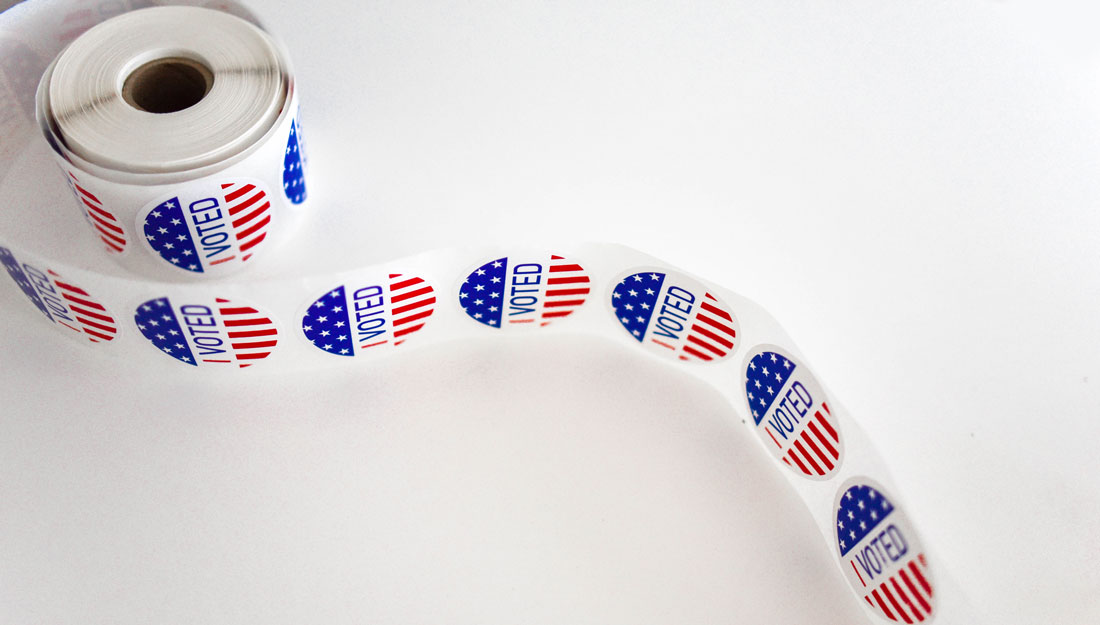Shopping on a budget: 5 tips to keep you and your grocery bill lean
You hear it all the time: Eating healthy is expensive. And while eating nutritiously can in fact impose a strain on your budget, there are tips and tricks to maintain healthy eating habits that won’t break the bank.
“There are a number of different measures you can take to lower your grocery bill,” explained David Leal, nutritionist and health educator at the Texas A&M Health Science Center Coastal Bend Health Education Center. “Cutting out coupons, joining store loyalty programs and not shopping on an empty stomach—so that it’s easier to resist temptation—are all tactics to lower your bill, but there are some not-so-straightforward ways to save money and still eat well.”
Leal offers the following tips to eat healthy and make your dollar go further:
1. Think in terms of portions
Before you pick up eight-ounce steaks for every member of your family, keep in mind that three to four ounces of protein is one serving. A meal doesn’t have to be of restaurant proportions in order to be satisfying and fulfill your daily requirements of grains, vegetables and proteins.
The same concept can be applied to dairy products as well. While it’s good to get your daily allotment of calcium, be sure not to overcompensate. For example, a serving of cheese or yogurt accounts for one of the three recommended servings of milk or dairy products per day.
“Making portions more appropriate and changing the amount of foods you buy will have a positive effect on your grocery bill,” Leal said.
2. Cut out the unhealthy grocery items
The next time you make a trip to the grocery store, check out your receipt. Are you spending $20 on various sweets and sugary drinks like soda that provide no nutritional benefit? If so, consider cutting out those superfluous items that detract from your wallet and add to your waistline.
“The highest cost carbohydrates are likely to be cookies, chips and sweets, obviously not the healthiest option. There are a lot of calories in just a couple of cookies, which aren’t filling,” Leal said. “If you want something more filling than fruits and vegetables, while still economical, try peanut butter. Peanut butter may be calorie-dense, but it is more filling than other sweet options and is a good source of protein.”
The bottom line: reevaluate where your food dollar is going so that you can make healthier choices.
3. Shop in season and don’t discount frozen options
Buying fruits and vegetables can be expensive, but they’re an integral part of a balanced diet. In order to alleviate the cost of these necessary items, Leal suggests purchasing in season. If mangos are out of season and expensive, buy apples or bananas instead, which are usually lower-priced throughout the year.
In addition to buying in-season fruits and vegetables, consider their frozen counterparts. “Don’t disregard frozen options. Frozen fruits and vegetables will provide a more balanced diet and they’re very economical,” Leal suggested. Frozen fruits and vegetables are also a safeguard against spoilage, which is one way to make your food-dollar last longer.
4. Substitute nonperishables for meat
Your U.S. Department of Agriculture (USDA) recommended daily serving of protein doesn’t have to come from something that used to moo, oink or cluck. Beans, lentils and other nonperishables can act as a substitute for meat.
This doesn’t mean you have to become a vegetarian to save a few dollars, but replacing animal protein with beans or other legumes a couple meals per week can add some extra padding to your wallet.
5. Hit the store with a game plan
Knowing what recipes you’re going to make for the week can be a good way to cut costs. Instead of buying general items and letting your grocery bill dictate your menu for the week, try reversing the roles. Simply knowing what you need before entering the store can be a great way to keep you grocery trip efficient and within budget.
Check your grocery store’s flyer for sales. If you know which items are on sale, you can even plan some meals around those can’t-beat deals. Using coupons for other nonfood items that you buy at the grocery store is also another way to make the most of your spending dollar.
“Bringing more self-awareness to the items you will buy and planning your trip to the store ahead of time could result in more effective saving,” Leal said.
For more ways to spend your money wisely and effectively and for some healthy, budget-friendly recipes, visit the USDA’s Choose My Plate website.
Media contact: media@tamu.edu


